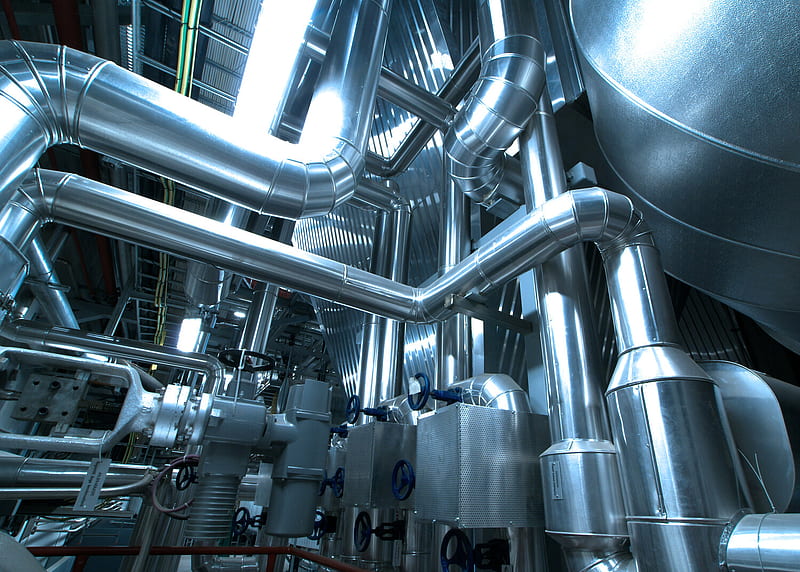Mastering Comfort: The Ultimate Guide to Heating and Air Conditioning
Mastering Comfort: The Ultimate Guide to Heating and Air Conditioning
Blog Article

Finding the right balance of comfort in our homes is essential, and mastering heating and air conditioning is key to achieving that perfect atmosphere. Whether it’s the bitter chill of winter or the sweltering heat of summer, the ability to maintain a stable indoor environment can dramatically affect our quality of life. With the right insights, tools, and techniques, you can create a sanctuary that not only keeps you comfortable but also enhances energy efficiency and reduces costs.
In this guide, we will explore the various aspects of heating and air conditioning, from understanding different systems and their efficiencies to practical tips for maintenance and improvement. By delving into the capabilities of modern technology and smart solutions, you will learn how to optimize your home’s climate control. Get ready to take control of your comfort and enjoy a more pleasant living space all year round.
Essential Components of HVAC Systems
Heating and air conditioning systems consist of several essential components that work together to maintain a comfortable indoor environment. At the core of these systems is the furnace or heat pump, which generates heat during colder months. Furnaces may use various fuel sources, including gas, oil, or electricity, to produce warmth. Heat pumps, on the other hand, can both heat and cool, making them versatile options for year-round climate control.
Another critical element is the air conditioning unit, which cools indoor spaces during warmer months. Central air conditioning systems use a network of ducts to distribute cool air throughout a home, while ductless systems, also known as mini-splits, provide flexibility by allowing for localized temperature control in different areas. The choice between these systems depends on the specific needs and layout of the space being serviced.
ApexHeatAndAC Seasonal HVAC Tips
Finally, thermostats play a vital role in managing the temperature of the HVAC system. These devices allow homeowners to set their desired temperature and control whether the heating or cooling features are activated. Advanced thermostats have become increasingly popular, offering programmable and smart features that enhance energy efficiency and convenience, ensuring optimal comfort all year round.
Energy Efficiency Tips
One of the most effective ways to improve energy efficiency in your heating and air conditioning systems is to perform regular maintenance. This includes cleaning or replacing filters, checking for leaks, and ensuring that the thermostat is calibrated correctly. A well-maintained system operates more efficiently and can significantly reduce energy consumption, resulting in lower utility bills. Additionally, consider scheduling professional inspections at least once a year to catch any potential issues before they escalate.
Another important tip for enhancing energy efficiency is to invest in a programmable thermostat. This device allows you to set specific temperatures for different times of the day, ensuring that your heating and cooling systems only operate when necessary. By programming the thermostat to reduce heating or cooling while you are away from home or sleeping, you can maximize comfort while minimizing energy use. Over time, the savings on your energy bills can offset the cost of the thermostat itself.
Lastly, it is beneficial to properly insulate your home to prevent heated or cooled air from escaping. Inspect areas such as windows, doors, and attics for drafts, and use weatherstripping or caulk to seal any gaps. Additionally, adding insulation can help maintain a consistent indoor temperature, allowing your heating and air conditioning systems to work more efficiently. Together, these strategies not only enhance energy efficiency but also contribute to a more comfortable living environment.
Maintenance and Troubleshooting
Regular maintenance is essential to keep your heating and air conditioning systems running smoothly and efficiently. Start by checking and replacing filters every one to three months, depending on your system and usage. Clean filters help improve air quality and system efficiency, preventing potential breakdowns. Additionally, make sure to clean the outdoor units, removing debris and dirt that can obstruct airflow. Inspect the ductwork for any leaks or blockages, as this can significantly affect your system's performance.
When troubleshooting common issues, it’s useful to familiarize yourself with typical problems. If your system isn’t heating or cooling properly, check the thermostat settings first. Ensure it is functioning correctly and set to the desired temperature. If it’s a heating issue, listen for any unusual noises that might indicate a mechanical problem. For air conditioning, if the unit is running but not cooling, check for ice buildup on the evaporator coils as this may require professional assistance.
If you encounter ongoing issues that simple troubleshooting cannot resolve, consider calling a professional technician. Regular annual inspections can help identify potential problems before they escalate. During these check-ups, a technician can perform thorough system cleaning, check refrigerant levels, and ensure all components are working efficiently. Staying proactive with maintenance can extend the life of your heating and air conditioning equipment, ultimately saving you money and ensuring comfort year-round.
Report this page